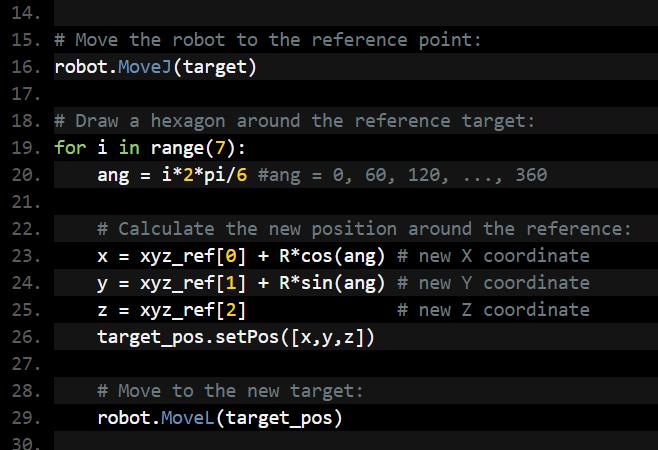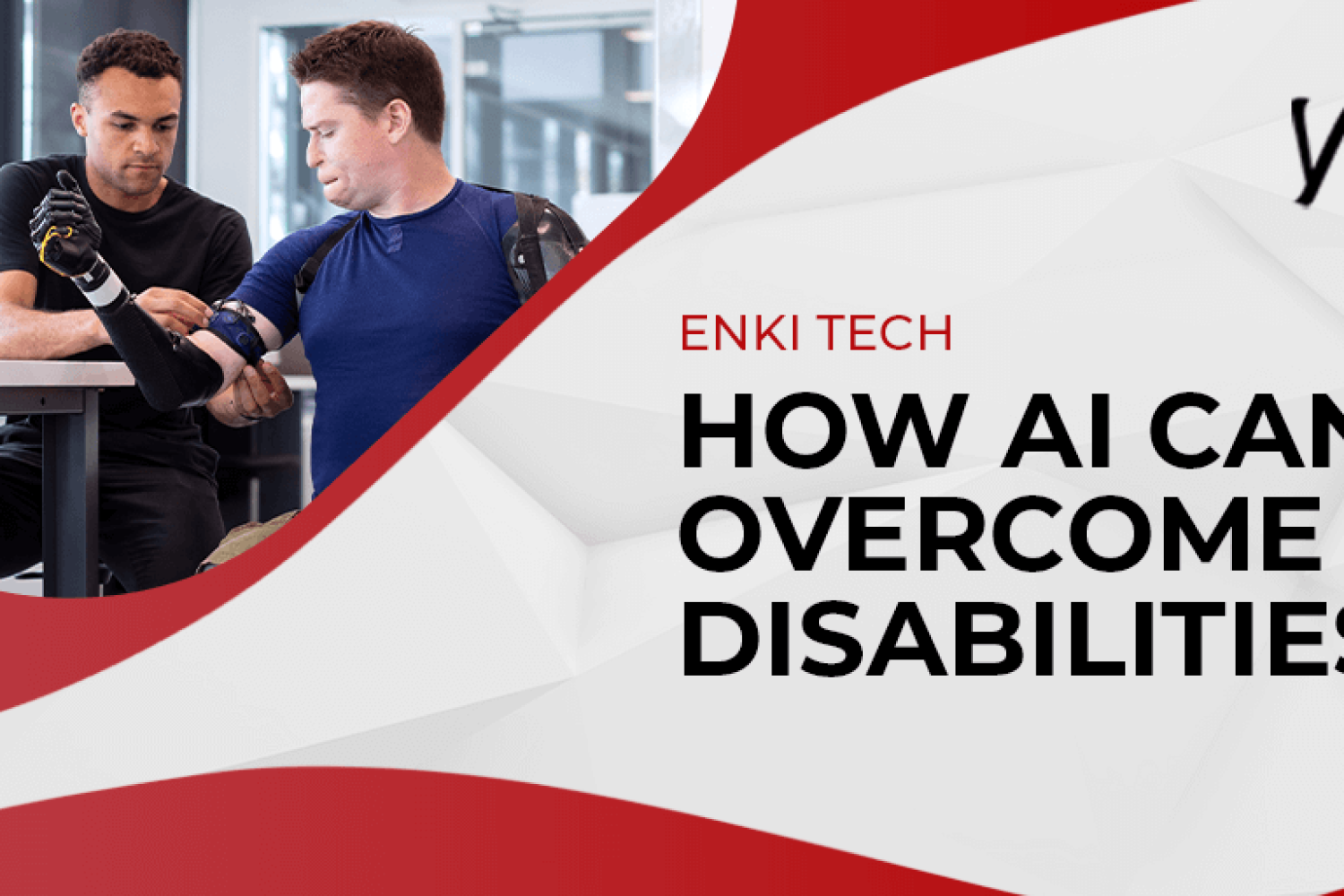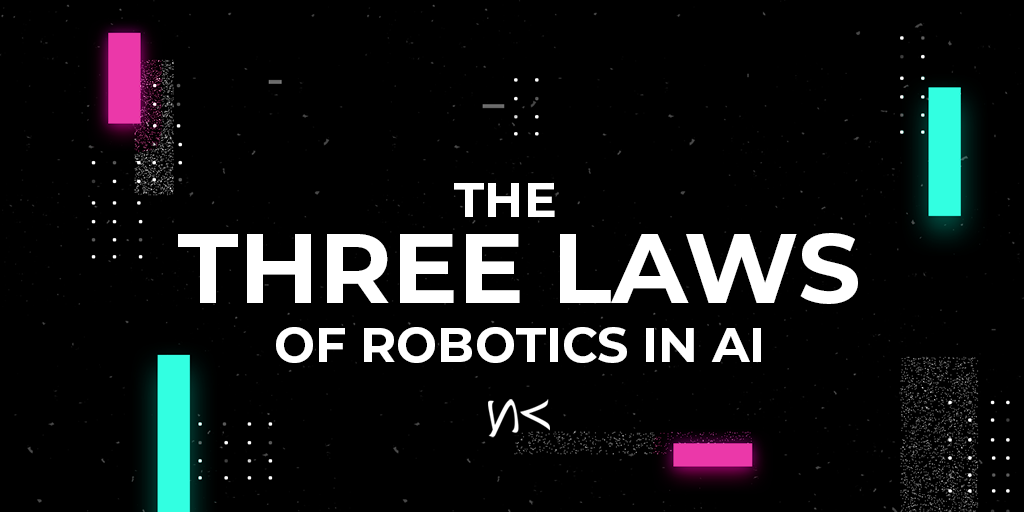Too Hot to Handle is a Netflix original reality TV dating show that first aired in April 2020. The show’s premise is simple: 10 single adults must spend four weeks in a house together. To win the $100,000 prize, the contestants must refrain from engaging in any sexual activity with one another over the four weeks. At first glance, Too Hot to Handle seems like another interaction of any other reality dating or competition show, with contestants engaging in various challenges to win cash prizes. But if there’s one thing that makes this show unique, it’s the host. Unlike other reality dating and competition shows, Too Hot to Handle is hosted by Lana, the virtual assistant.
Lana is a virtual reality assistant that helps the contestants throughout the show. She is responsible for reminding the contestants of the rules and enforcing them when they are broken. She also helps to keep the peace between the contestants. In many ways, Lana is like Siri and Alexa, the AI-powered virtual assistants found in Apple and Amazon’s products, respectively. But unlike those two, Lana is not powered by Artificial Intelligence. Instead, she is a device that operates much like a speaker, reciting the speeches that the producers have pre-written for her. For now, Lana exists for entertainment purposes only. But it is possible that soon we might create an AI-powered virtual assistant that is intelligent enough to guide us through our everyday lives, much like Lana does for the contestants on THTH.
Companies such as Apple and Amazon have already developed their AI-powered virtual assistants that can be accessed through smart devices. These personal virtual assistant tools operate by responding to a user’s voice commands. These virtual assistants have the power to learn about its user over time. The more you utilize them, the more they recognize specific patterns. These virtual assistants then use this information to give users improved services. For example, say you have an Alexa device, and you ask the Alexa to order toilet paper from the store every two weeks. Over time, Alexa will understand that every two weeks, toilet paper needs to be ordered. Eventually, it will begin to order toilet paper every two weeks without being commanded.
As they currently stand, virtual assistants have the power to automate simple tasks and provide information, but they are not quite powerful enough to think for themselves. Too Hot to Handle presents Lana as a virtual assistant with the power to judge contestants on their unique and dole out punishments and rewards accordingly. Lana keeps the game organized and keeps track of how much money each contestant has lost. She acts much more like a human host would, making judgment calls based on interpreting a contestant’s actions.
The implications of an AI powerful enough to make decisions for us are exciting and terrifying. Ideally, AI should be used as a tool for good to judge us without the inherent biases we all possess. Thus, the AI would be able to judge us equally and honestly. On the other hand, AI is programmed by people, so it is nearly impossible to program an AIU that isn’t somehow affected by the biases of its programmer. We also must consider the implications of giving a machine enough intellect to make conscious decisions for itself and us. Should we ever give that much power to a device? Do the benefits outweigh the risks? We cannot answer these tough questions yet, but we should consider them as we advance.
Maria is a writer at Enki Tech, a Downtown Santa Monica technology company that specializes in the development of high-quality, user friendly software, web platforms and mobile apps.








